New Rivian Patent Details Multi-Function Scroll Wheel Design
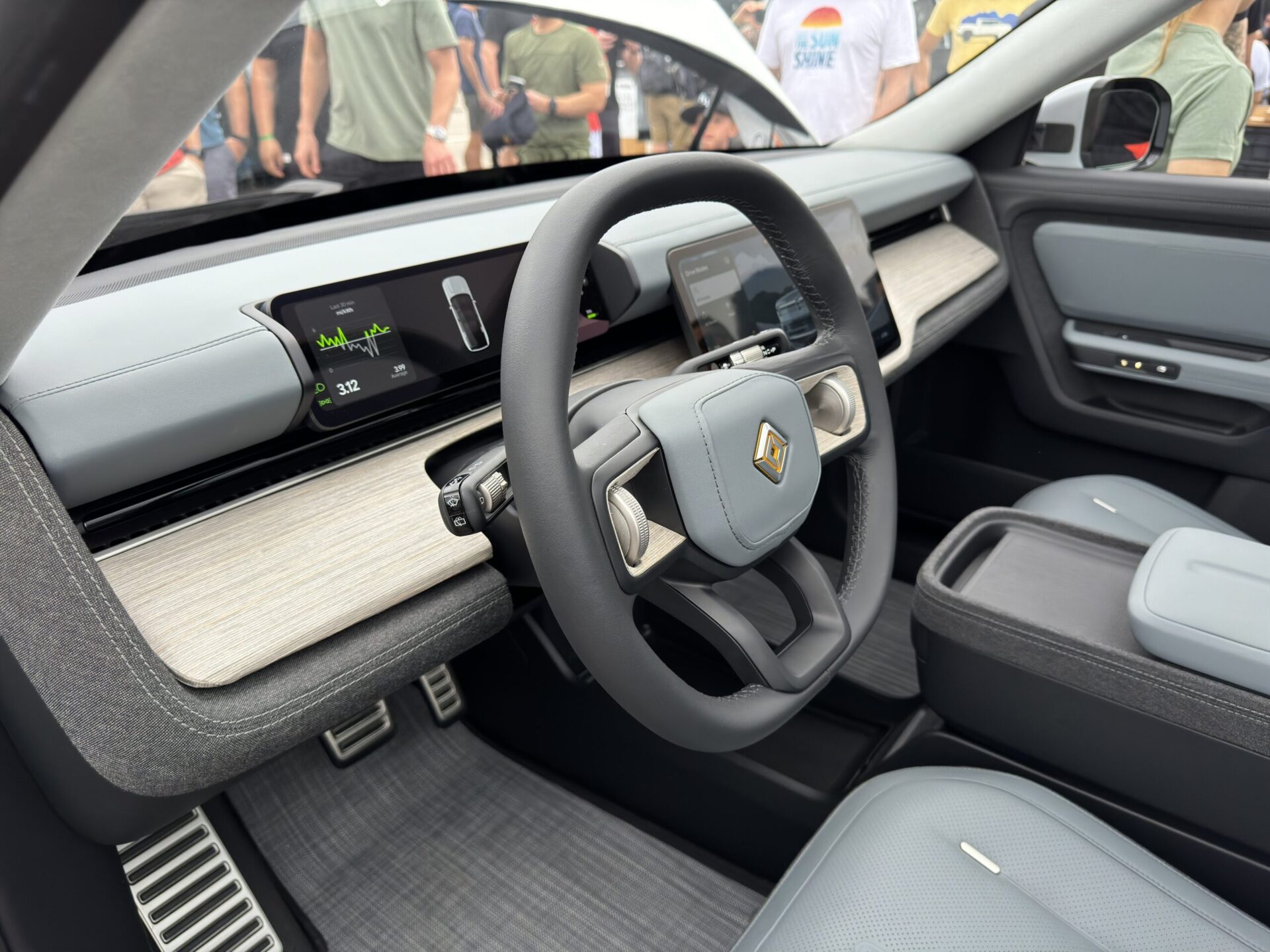
Thanks to friend-of-the-site kanundrum, we’ve got a look at some new Rivian patent filings that give us a much deeper peek into the scroll wheels spotted on the R2 and R3 prototype vehicles. While they might look simple at first glance, these little dials might just be one of the most important UX features in Rivian’s next-gen lineup.
According to the patent, these are “multi-modal control mechanisms,” which is a fancy way of saying they’re capable of a whole lot more than your average volume knob. Each scroll wheel can be scrolled up/down, shifted left/right, pressed like a button, and even pushed directionally (kind of like a joystick) for contextual actions.
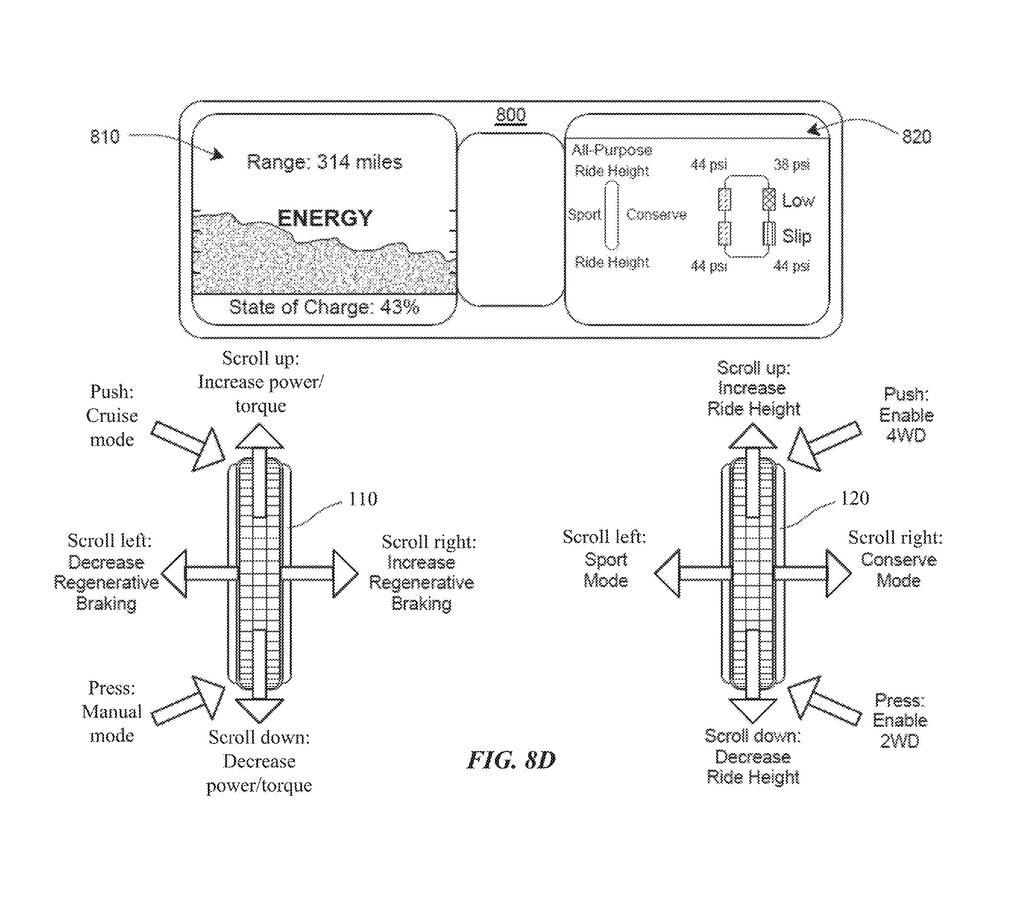
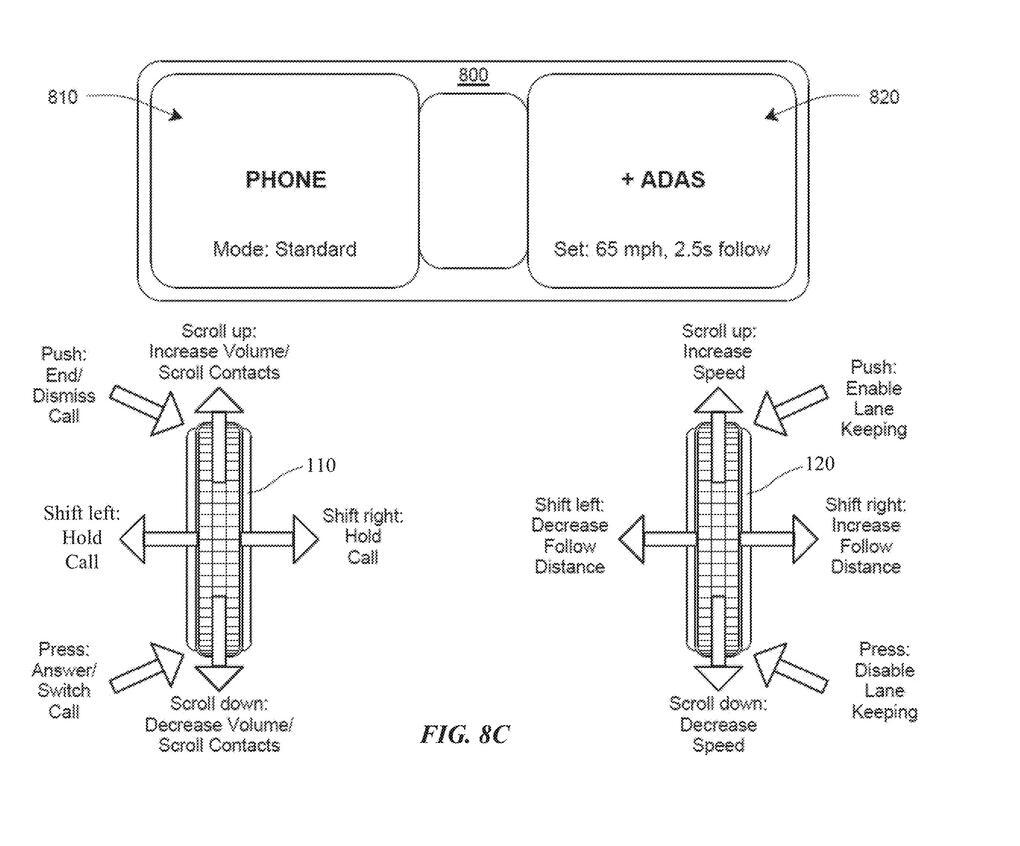
And Rivian is clearly aiming to go deep with functionality. The scroll wheels appear to be tied into everything:
- Drive Settings: Adjust power/torque, flip between Cruise and Manual modes, and control regen braking—all from the wheel.
- Suspension + Drive Modes: Control ride height, toggle between Sport, Conserve, and enable/disable 4WD or 2WD.
- ADAS (Driver Assist): Adjust speed, follow distance, and lane-keeping with just a twist or nudge.
- Phone Calls: Handle incoming calls, scroll through contacts, and manage volume without ever taking your hands off the wheel.
- Media + Climate: Skip tracks, change temperature, adjust airflow, and toggle the A/C.
The key here is that it’s contextual. Based on what’s on the display, the scroll wheels switch behavior dynamically—meaning less time poking through menus and more direct, tactile control.
We saw these wheels on the prototype R2 and R3 steering wheels during the unveil event, but this patent shows what Rivian could be planning for production—if they go all the way with it. The exploded view even shows a fairly modular internal structure, with orthogonally mounted sensors to detect force and motion from multiple directions. That tells us Rivian is taking this seriously from both a hardware and UX standpoint.
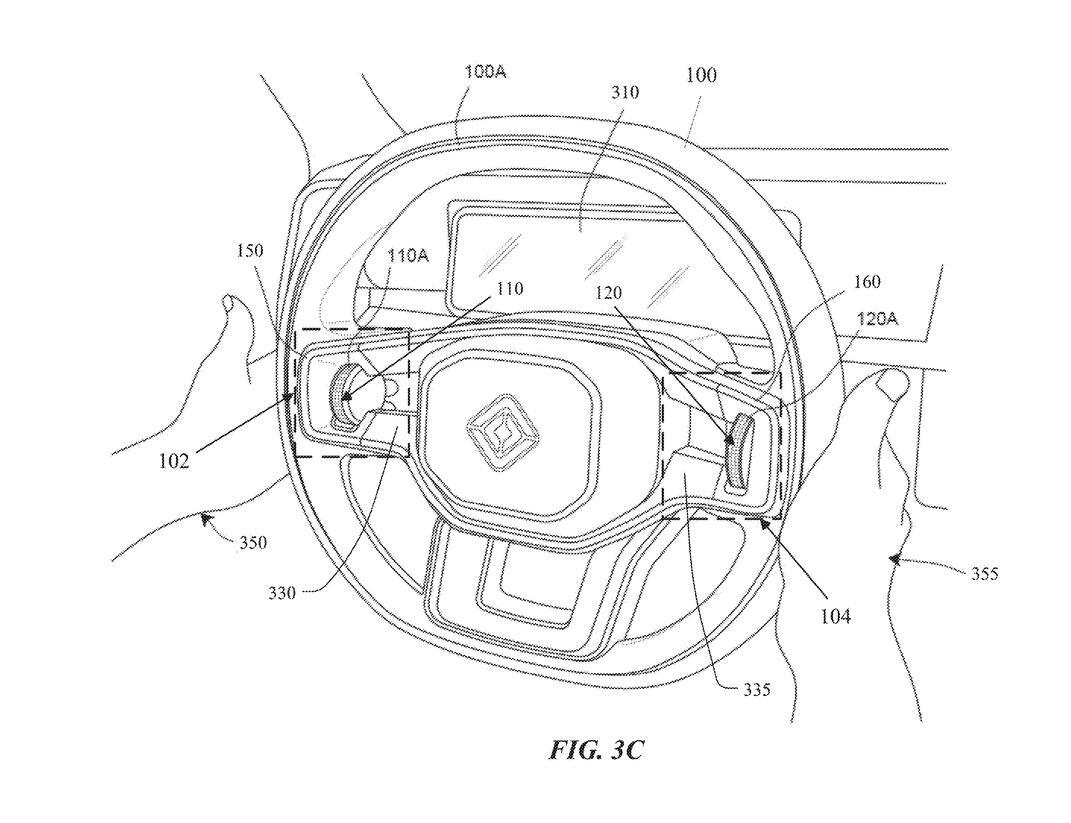
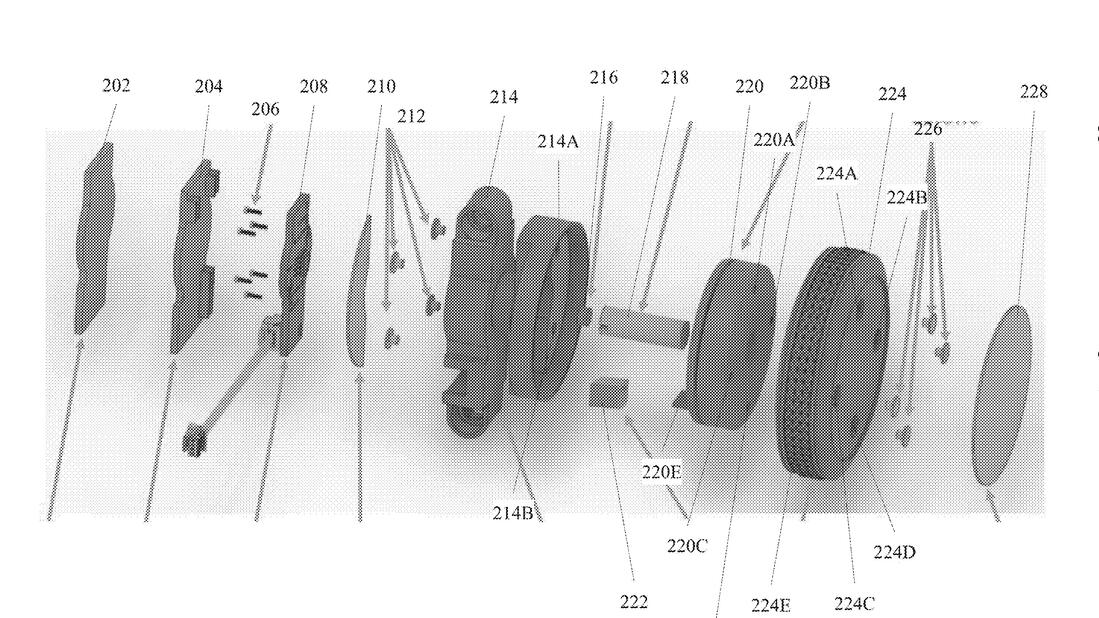
The big question now is: will all of this make it to production? It’s one thing to file a patent with a laundry list of potential features—it’s another to actually ship them. Complexity, cost, and UI polish could all affect whether we get the full sci-fi control scheme or a scaled-down version.
Still, if Rivian brings even half of this to life, it’ll be one of the most advanced steering wheel control systems on the market—and one that genuinely improves how you interact with the vehicle.
We’ll be watching closely as R2 heads toward production in 2026. If these scroll wheels make it to customers with all this functionality intact, they could be a quiet game-changer for Rivian’s user experience.

I think the big question is – will they let R1 owners swap this in? I’d do it in a heartbeat.
…so just like a Tesla Model 3 and Y then only better; which is a good thing, because this design is the best design.